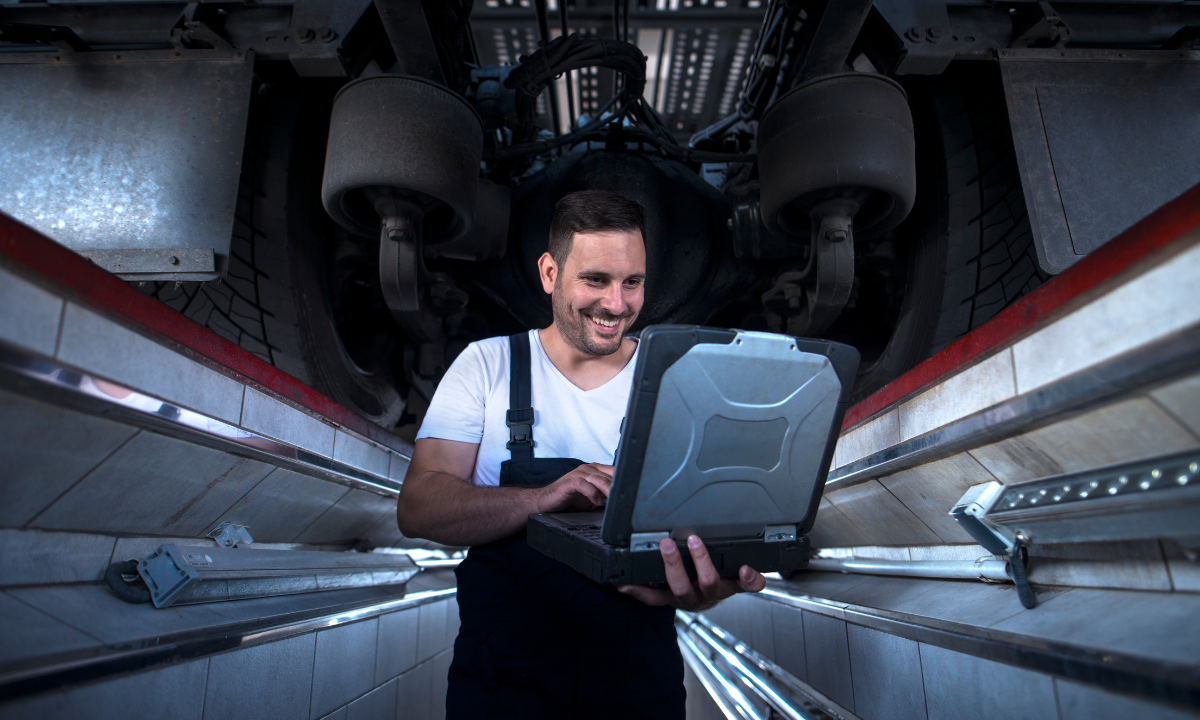Aerospace engineering is one of the most exciting and respected fields in engineering. It combines science, mathematics, and technology to design and build aircraft, spacecraft, satellites, and defense systems. Many students are drawn to this career because it allows them to contribute to aviation, space exploration, and national defense.
If you are passionate about flight and space, you may be asking: How do you become an aerospace engineer? This article provides a complete guide to the education, skills, and career steps needed to succeed in this profession.
Who Is an Aerospace Engineer?
An aerospace engineer is a professional who designs, develops, tests, and maintains systems that fly within and beyond Earth’s atmosphere. They work on airplanes, helicopters, drones, rockets, satellites, and spacecraft.
There are two major branches of this profession:
- Aeronautical Engineers – Focus on aircraft that operate inside Earth’s atmosphere.
- Astronautical Engineers – Specialize in spacecraft and systems that work in outer space.
Together, they form the larger field of aerospace engineering.
Step 1: Develop a Strong Academic Foundation
The journey to becoming an aerospace engineer starts in school. Students should build a strong background in mathematics, physics, and chemistry during high school. Subjects like advanced calculus, mechanics, and computer science are especially important because they prepare you for the rigorous college curriculum.
Those who excel in problem-solving, critical thinking, and analytical reasoning are often well-suited for this career.
Step 2: Pursue a Bachelor’s Degree in Aerospace Engineering
The next step is to enroll in a Bachelor of Science (B.Sc.) or Bachelor of Technology (B.Tech) program in Aerospace Engineering. This program usually lasts four years and covers the core subjects required for the profession.
Core subjects include:
- Aerodynamics
- Fluid Mechanics
- Thermodynamics
- Propulsion Systems
- Aircraft Structures
- Control Systems
- Avionics
- Orbital Mechanics
- Flight Testing and Simulation
Some students may also pursue a mechanical engineering degree with a specialization in aerospace, which is another valid pathway.
Step 3: Consider a Master’s Degree for Specialization
While a bachelor’s degree is sufficient for entry-level positions, many students choose to pursue a Master’s degree in Aerospace Engineering or related fields such as astronautics, propulsion, or avionics.
A master’s degree allows students to:
- Specialize in a niche area (e.g., rocket propulsion, satellite systems, unmanned aerial vehicles).
- Increase research opportunities.
- Qualify for senior engineering roles in space agencies and aerospace companies.
Step 4: Gain Practical Experience Through Internships
Classroom learning alone is not enough to become a successful aerospace engineer. Internships and training programs provide real-world exposure to the industry.
Students can work in:
- Aircraft manufacturing companies
- Space research organizations
- Aviation maintenance facilities
- Defense research labs
Internships help students understand industry standards, develop practical skills, and build connections for future employment.
Step 5: Acquire Essential Skills
Apart from formal education, aerospace engineers need specific skills to perform well in their careers.
Technical Skills:
- Proficiency in CAD (Computer-Aided Design) software.
- Knowledge of simulation tools like MATLAB and ANSYS.
- Understanding of programming languages such as Python, C++, or Fortran.
- Strong grasp of thermodynamics, propulsion, and fluid dynamics.
Soft Skills:
- Analytical thinking and problem-solving ability.
- Communication skills for teamwork and reporting.
- Creativity and innovation for designing new systems.
- Attention to detail, especially in safety-critical work.
Step 6: Earn Certifications (Optional but Valuable)
In addition to degrees, certain certifications strengthen an aerospace engineer’s profile. Examples include:
- Professional Engineer (PE) License in some countries.
- Aircraft Maintenance Certifications for engineers interested in design and safety.
- Specialized certifications in project management or software tools used in aerospace.
Step 7: Apply for Jobs in Aerospace Industries
Once you have a degree and skills, the next step is to enter the job market. Aerospace engineers are hired by multiple industries, including:
- Space Agencies – NASA, ISRO, ESA, JAXA.
- Aircraft Manufacturers – Boeing, Airbus, Lockheed Martin, Embraer.
- Private Space Companies – SpaceX, Blue Origin, Virgin Galactic.
- Defense and Military Organizations.
- Airline Maintenance and Repair Companies.
- Research Institutes and Universities.
Step 8: Build Experience and Grow Professionally
Early-career aerospace engineers often work as junior design engineers, analysts, or testing specialists. With experience, they can advance to leadership roles such as project manager, systems engineer, or chief design engineer.
Engineers who engage in continuous learning, research, and advanced training enjoy faster career growth.
Career Opportunities in Aerospace Engineering
The field offers a wide range of career roles, such as:
- Aerospace Design Engineer
- Flight Test Engineer
- Satellite Systems Engineer
- Propulsion Engineer
- Avionics Specialist
- Research Scientist
- Maintenance Engineer
Each role comes with specific responsibilities but contributes to the common goal of advancing aviation and space technology.
Challenges of Becoming an Aerospace Engineer
The career path is rewarding but also demanding. Some challenges include:
- Intense competition for jobs in top companies.
- High academic requirements in mathematics and science.
- Continuous need for upskilling due to fast-changing technology.
- Responsibility for the safety and reliability of systems where failure is not an option.
These challenges also make the profession highly respected and valuable.
Future Scope of Aerospace Engineering
The future for aerospace engineers is bright, with several global trends driving demand:
- Space Exploration: Missions to the Moon, Mars, and beyond require skilled engineers.
- Commercial Space Travel: Private companies are making space tourism a reality.
- Sustainable Aviation: Engineers are working on electric aircraft and alternative fuels.
- Drones and UAVs: Increasing use in defense, logistics, and commercial sectors.
- Hypersonic Aircraft: Development of aircraft that can travel faster than Mach 5.
These innovations ensure that aerospace engineers will remain in demand worldwide.
Salary Expectations
Salaries for aerospace engineers vary depending on location, industry, and experience.
- In developed nations, aerospace engineers earn among the highest salaries in engineering.
- In countries with growing aviation and space sectors, demand is rising rapidly, which is improving pay scales.
- Professionals with advanced degrees or specialization in spacecraft and propulsion systems often earn significantly more.
Conclusion
Becoming an aerospace engineer requires dedication, strong academic performance, practical experience, and continuous learning. The path may be challenging, but the rewards are immense both in terms of career opportunities and personal satisfaction. Aerospace engineers contribute to aviation safety, defense technology, and the exploration of space, making this one of the most impactful professions of the modern era.
If you are considering a career in aerospace engineering, choosing the right educational path is essential. AME College helps students identify and select the best colleges for aerospace and aeronautical engineering. With expert advice and career guidance, AME College ensures that aspiring engineers take the right steps toward a successful future.

















